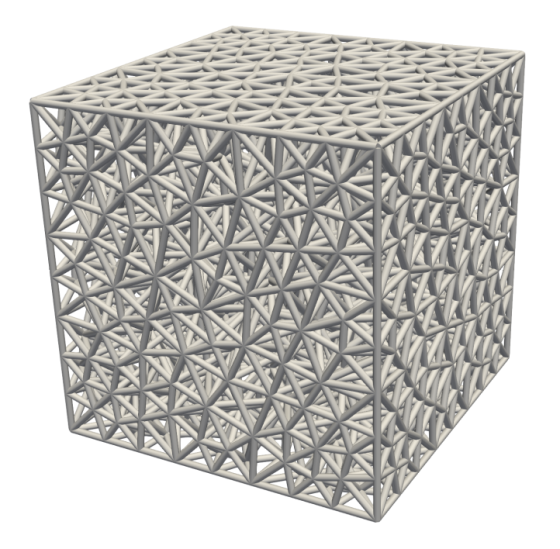Physics-augmented neural networks for elasto-plastic microstructures
Masterarbeit
The simulation of microstructured materials with elasto-plastic deformation behavior is a challenging task. One reason for this is that classical approaches such as the FE2 method are computationally expensive and therefore suited only for very small boundary value problems. In contrast, new data-driven modeling techniques such as physics-augmented neural networks seem to constitute a promising and efficient alternative to obtaining the effective material behavior in a direct manner. However, it is not trivial how the path-dependency of elasto-plasticity in combination with other physical constraints such as the positive definiteness of the tangent operator might be incorporated into the model. Therefore, the overall objective of this thesis is to bridge the gap between path-dependent material behavior and neural networks. Your working model implementation will then be used in our in-house topology optimization framework to tackle further scientific challenges.
Details zur Aufgabenstellung finden Sie in der PDF-Version.



